Philipp Kaiser: From Bern to LA to Venice
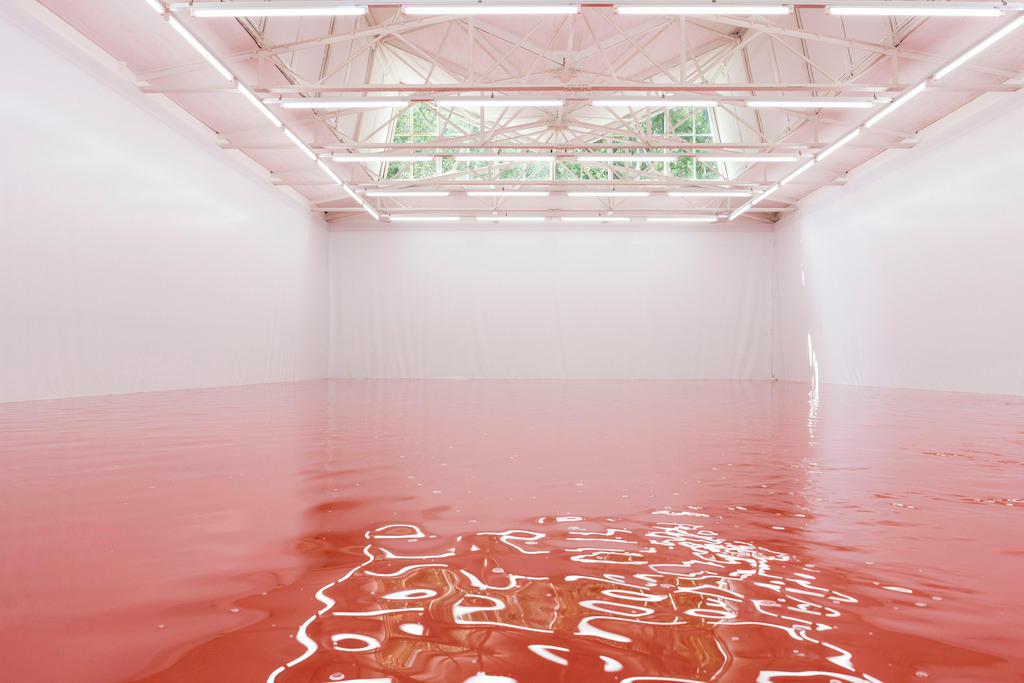
The appointment of Philipp Kaiser as curator of the Swiss pavilion for the 2017 Venice Art Biennale is seen as a move to reenergise Switzerland’s century-old participation in the event. The Swiss-born, Los Angeles-based 44-year-old is one of the most sought-after curators today.
Tall, with an easy elegance and an engaging smile, Kaiser exudes a juvenile enthusiasm that belies his standing as a major figure in the world of contemporary art.
One day in Los Angeles, the following in Switzerland and the week after in New York, catching up with him is like chasing the wind. But when our interview finally takes place across several time zones, he gives it his undivided attention.
– Founded in 1895, the Venice Art Biennale continues to be most prestigious showcase for artists from around the globe. It takes place from June to November biannually and is curated by a different artistic director each time. The central exhibition is surrounded by satellite presentations by participating nations and their own artists. A record 80 nations took part in the Biennale in 2015. It alternates every other year with the Venice Architecture Biennale
– The biennale is entirely non-commercial and is not to be confused with art markets like Art Basel. A limited budget does however imply that invited artists often rely on their galleries to fund their presence in Venice.
Kaiser began his career in his homeland as a curator for modern and contemporary art at Basel’s progressive Museum für Gegenwartskunst, but was lured away afer six years in 2007 to join the Museum of Contemporary Art (MOCA) in Los Angeles.
The energy of California galvanised him. “Europe has an extraordinary institutional landscape, but LA is booming, it’s the wild west. Everything is very fast on every level.”
It wasn’t an easy time though, as MOCA was entering a crisis period that would last several years and worsened with the appointment in 2010 of an art merchant, Jeffrey Dietsch as museum director. Several curators had already left MOCA following the 2008 financial crisis and three board members resigned when Dietsch was appointed. “I was in the middle of it all and felt the pressure to leave.”
Before packing his bags, Kaiser was able to put the finishing touches to a show at MOCA that sealed his reputation. Ends of the Earth: Land Art to 1974, which was shown at the Haus der Kunst in Munich after LA, was hailed by the Art in America magazine as “a paradigm-shifting exhibition”. The culmination of five years of research with fellow art historian Miwon Kwon, it was an indepth survey of the land art movement that emerged in the 1960s, where landscapes become the stage of in-situ works of art made from earth and natural materials.

LA calling
Back in Europe, as the youngest-ever director of the Cologne Ludwig Museum in Germany, Kaiser threw his energy into preparing exhibitions on two American conceptual artists, Kathryn Andrews and Louise Lawler, while also organising a landmark show on Jack Goldstein for the Jewish Museum of Art in New York. Both Lawler and Goldstein base their work on photography, a medium that Kaiser says he appreciates more and more.
“When I look back, I realise that I’ve always been interested in pictures.”
After a year in Cologne, he felt the draw of LA again and decided to go back. By then, it was clear that the art world was beginning to shift to the US West Coast.
“The interesting thing about the US’s lack of tradition is that it generates an open space. They need curators.”
He finds it easy to earn a living as a freelance curator in the US, which he believes would be virtually impossible anywhere else. “I was super happy to be back.”
Among others, Kaiser is currently preparing Cindy Sherman: Imitation of Life, the first special exhibition for the recently inaugurated Broad Museum in Los Angeles. For the past 40 years Sherman has photographed herself in meticulously-staged imaginary portraits and is considered one of the foremost artists today.
– The San Francisco Museum of Modern Art recently expanded to become the largest in the country dedicated to modern and contemporary art by adding an extension to the original building by Swiss architect Mario Botta.
– Guess Jeans founders Paul and Maurice Marciano have transformed a massive Scottish Rite Masonic Temple in Los Angeles into a private art centre and have entrusted Kaiser to organise the inaugural exhibition with artists who are under 30 years old.
– LACMA, the Los Angeles County Museum of Art, hopes to have completed by 2023 a swooping megastructure by the Swiss award-winning architect Peter Zumthor.
– A recent shift in the art marked has seen renowned galleries inaugurate new premises on the west coast: the Swiss gallery Hauser Wirth & Schimmel has opened premises in LA and Gagosian is now both in LA and San Francisco.
Switzerland and the Venice Biennale
Despite his hyperactivity, Kaiser still retains close links to the Swiss art scene and observes that interesting things are happening in Zurich, Basel and especially the French-speaking regions. “The art scene is international, but I care about where I come from and the artists I grew up with.”
Marianne Burki, head of visuals arts at Pro Helvetia, confirmed that the Swiss Biennale jury chose Kaiser because he remains anchored in Switzerland, despite his international career.
“He has a strong curatorial practice and deals with subjects in a deep way. A lot of thinking and research goes into everything he does.” Burki is convinced that Kaiser will come up with an inspirational project for Venice.
Although it is still too early to say what the Swiss pavilion will contain, Kaiser states clearly what he doesn’t want: to use it as a ‘white cube’, a hanging gallery. He notes that its clean rectangular lines have often inhibited artists, rather than inspire them.
Designed in 1952 by Bruno Giacometti, the younger brother of Alberto Giacometti, the Swiss pavilion is one of the 29 national pavilions built from 1907 to 1995 on the grounds of the Giardini, the Biennale’s central venue, many by famous architects in the style of their times.
For a small country, Switzerland invariably gets noticed at the Venice Biennale. It has also produced a remarkable number of internationally recognised curators who have played important roles in Venice, including Bice Curiger the Biennale’s artistic director in 2011, one of the few women to have filled the prestigious position.
But the most legendary curator of all remains Harald Szeemann, on whom Kaiser is actually preparing a comprehensive exhibition for the Getty Research Institute in LA. Born in Bern like Kaiser, Szeemann elevated curating to ‘an art form in itself’ and is credited with a number of groundbreaking exhibitions. He was the artistic director of the Venice Biennale twice, in 1999 and 2001.
However, his larger-than-life personality and artistic choices often took precedence over the artists themselves.
“I don’t try to be like Szeemann, I try to be an accomplice to the artists,” Kaiser explains. He describes the thrill that he feels working with artists, whether established or up-and-coming and says how exhibitions are a collaborative process.
“Many artists need an editor for their stuff. While I’m curating, I’m still learning and translating. Sometimes the meaning of the show only becomes apparent when it’s ready.”
Kaiser says that he has several ideas for the Swiss pavilion. What really interests him as a curator is the present moment: “It’s all about timing. My question is: What needs to be done now? How can we make a contribution to the discourse?”
The answer will be revealed at the 57th edition of the Venice Art Biennale.
From May 28 to November 27, 2016, the Swiss pavilion will be occupied by the Venezuelan-born Swiss architect Chritian Kerez; Salon Suisse, curated by Leïla el-Wakil, runs in parallel at the Palazzo Trevisan degli Ulivi.
The Venice Biennale also hosts cinema, theatre, dance and contemporary music festivals.
Is it still important in today’s globalised society to celebrate national artists? Tell us what you think in the comments section below.

In compliance with the JTI standards
More: SWI swissinfo.ch certified by the Journalism Trust Initiative
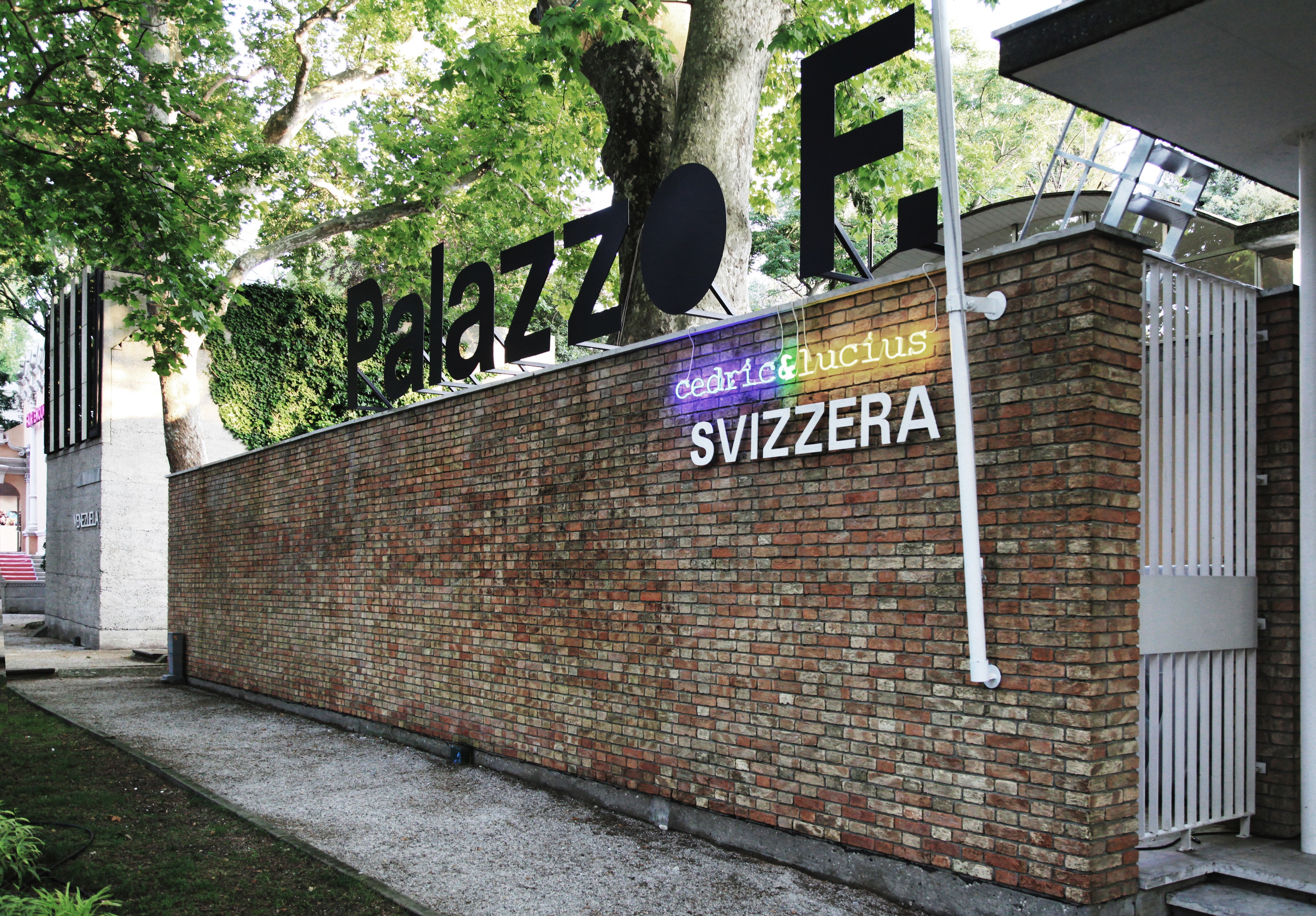
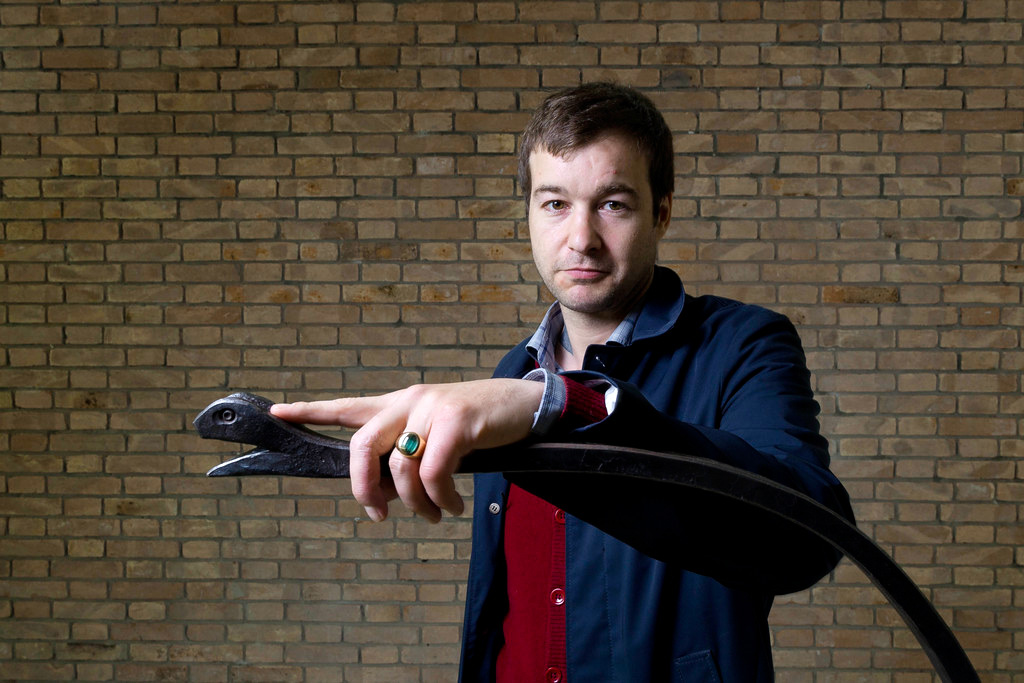
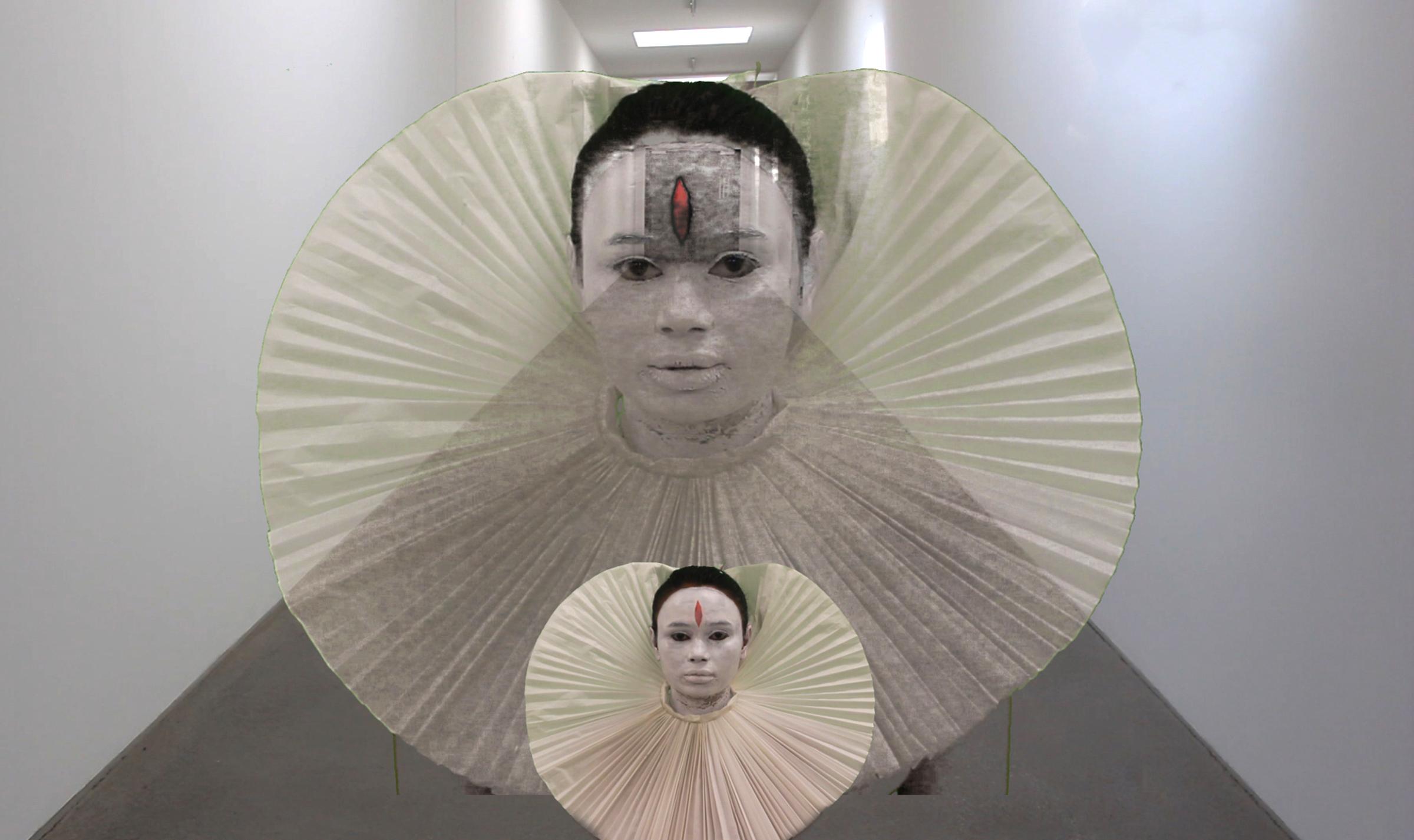
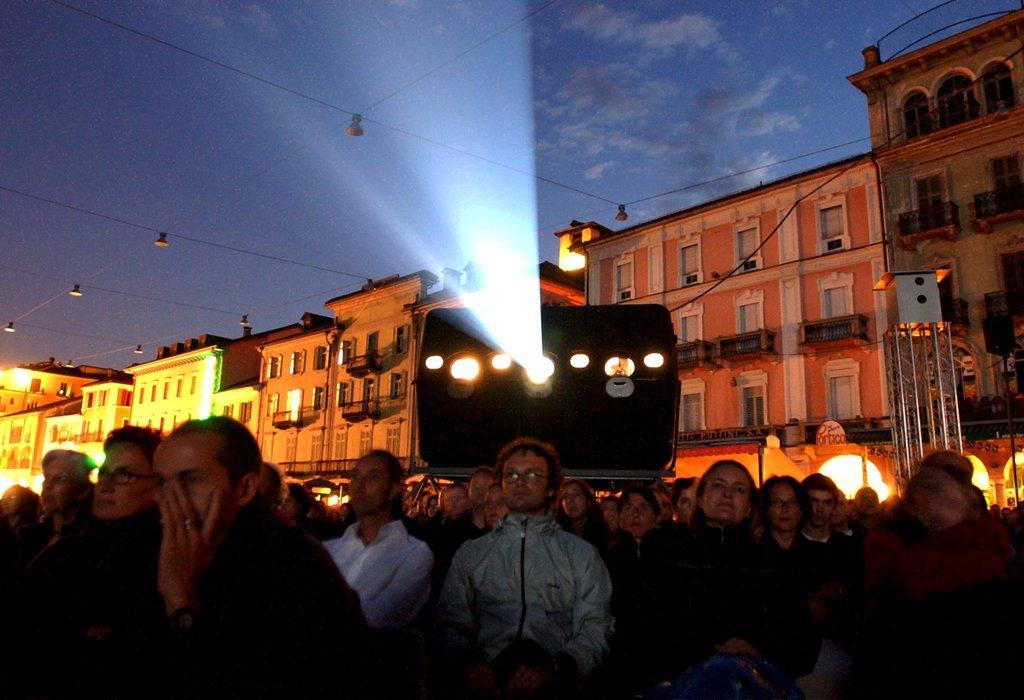
You can find an overview of ongoing debates with our journalists here. Please join us!
If you want to start a conversation about a topic raised in this article or want to report factual errors, email us at english@swissinfo.ch.